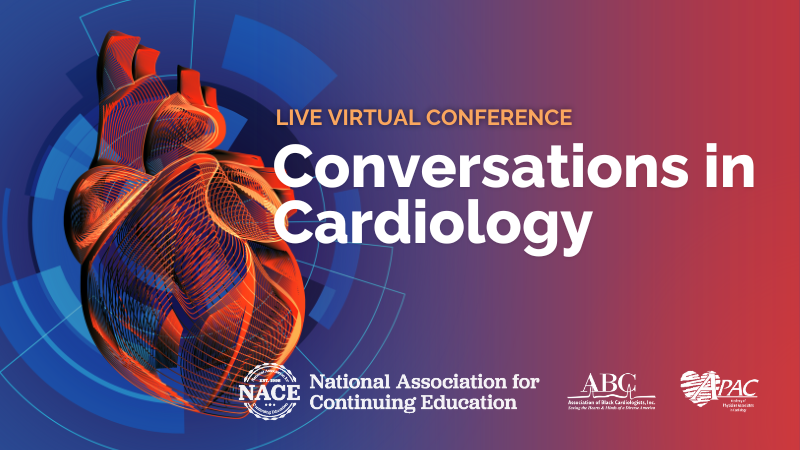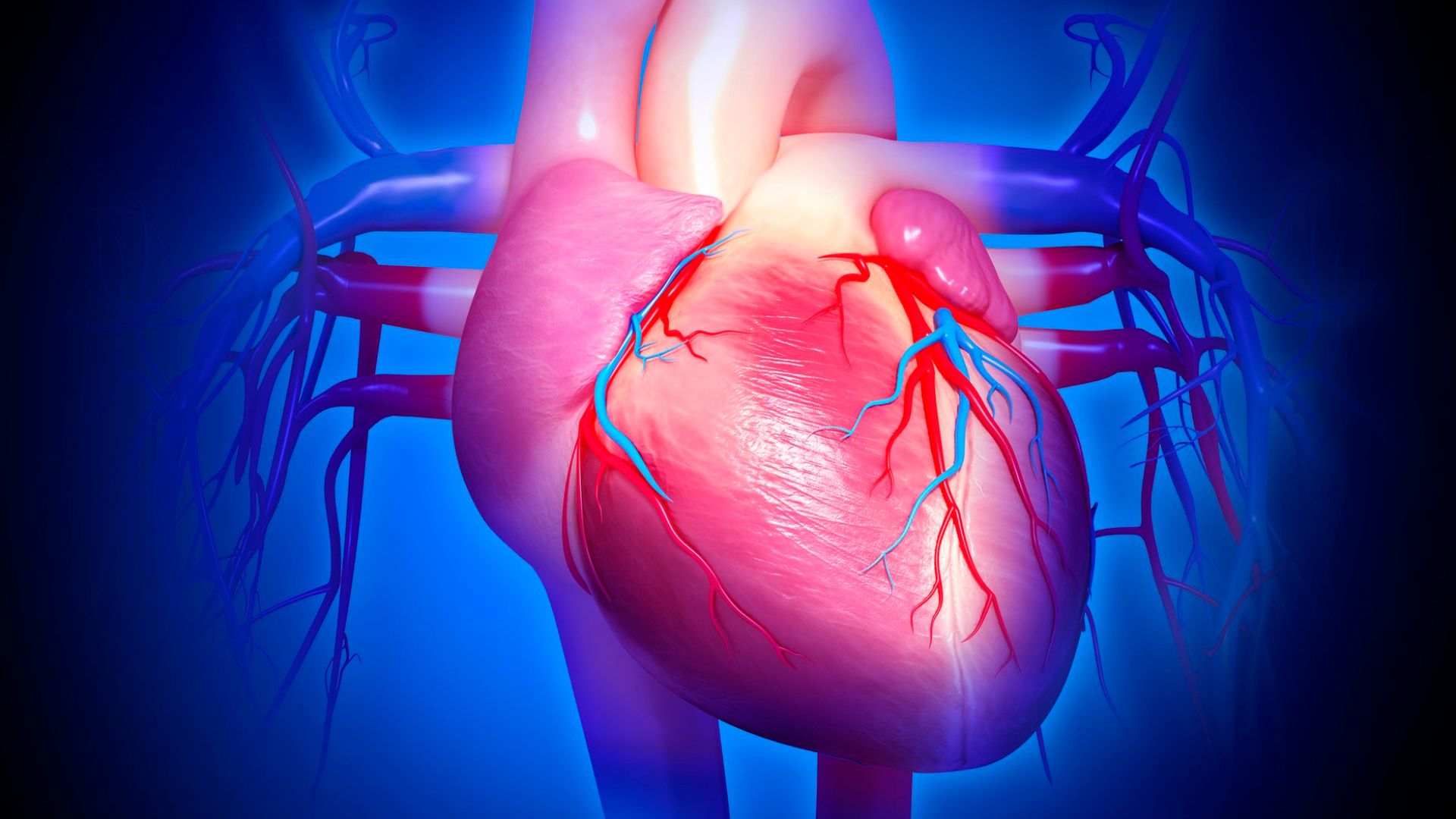
Join us online for this live virtual broadcast and stay on track to fulfill your CME/CE requirements from the comfort of your home.
With rapid changes in medicine, staying informed about new developments can be equally challenging. Our goal in this CME activity is to help you hone your skills in the diagnosis and management of patients with varied conditions you are likely encountering in your practice.
Utilizing an interactive, moderator-led format, this program will present discussions with national thought leaders, who as clinicians themselves, understand the challenges you face every day as a primary care provider. Our faculty will be at your disposal to provide evidence-based science, current treatment guidelines, discuss challenging cases, and provide answers for you that can ultimately lead to better health care for your patients. The presentations will include several interactive cases and discussion sessions to keep you actively learning.
Learning Objectives
Upon completion of each of the lectures listed below, learners should be able to:
An Expanding Armamentarium for Cardiac Amyloidosis
- Identify patients with history, symptoms, or signs suggestive of ATTR who should be evaluated
- Diagnose ATTR-CM by applying current guidelines and literature updates to patients’ diagnostic workup
- Discuss the evolving landscape of approved and emerging disease-directed treatments for ATTR-CM
- Individualize the management of patients with ATTR-CM, considering ongoing monitoring and pharmacotherapy for HF and cardiac amyloidosis
The HFpEF & HFmrEF Puzzle: Closing the Treatment Gaps
- Recognize the residual risk associated with real-world utilization of standard treatments for patients with HFmrEF and HFpEF
- Discuss recent clinical data on non-steroidal MRAs in the management of HFmrEF and HFpEF
- Optimize the management of HFmrEF and HFpEF based on patient comorbidities, current guidelines, and evolving data
Uncontrolled T2D, Hypertension, and Cortisol: Connecting the Dots
- Recognize the increased prevalence of hypercortisolism in patients with T2D and/or resistant hypertension
- Implement appropriate screening and diagnostic testing for hypercortisolism in patients with difficult-to-treat T2D and/or resistant hypertension
- Review emerging data on current and novel agents to address identifiable and non-identifiable sources of hypercortisolism
- Individualize the management of patients with Cushing’s syndrome based on cortisol source, comorbidities, and patient preferences
Coordinated Efforts – When Statin Alone Isn’t Enough
- Identify patients with elevated ASCVD risk based on history, laboratory findings, and comorbidities
- Integrate evolving clinical data and guideline recommendations to optimize LDL lowering in patients with established ASCVD or at high risk for cardiovascular diseases (CVD)


